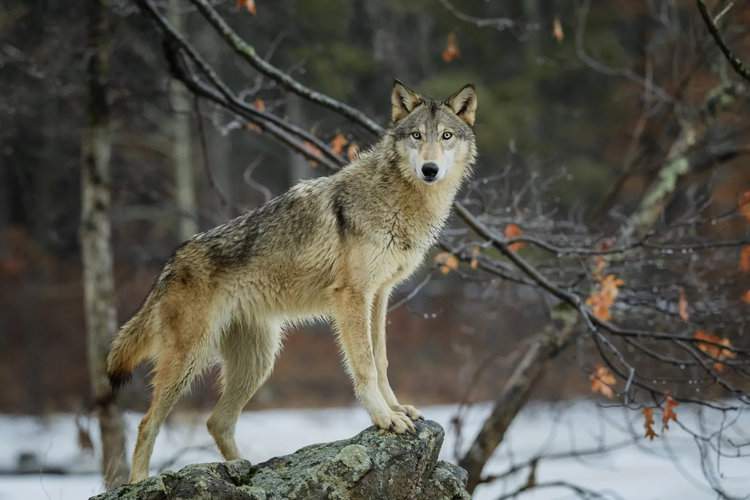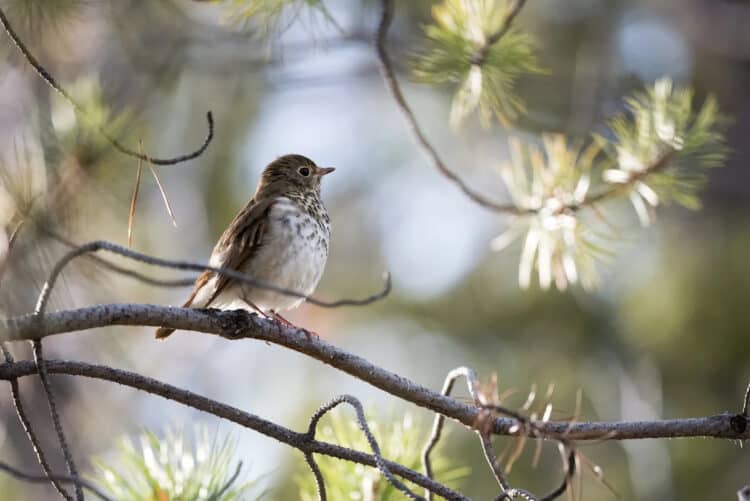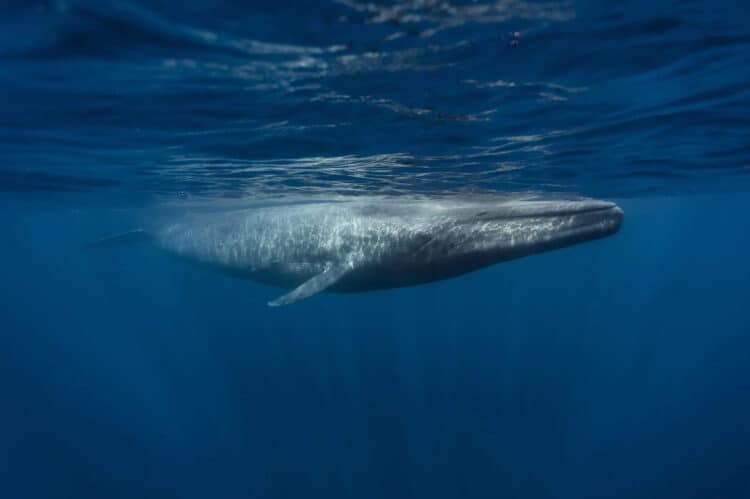A new study published in the journal Nature Climate Change shows that animals could be a crucial ally in our fight against climate change.
As we increasingly turn towards natural climate solutions, such as reforestation and grassland restoration, to sequester carbon, we may overlook the benefits of protecting and restoring animal populations to their natural habitats.
The study found that robust populations of just nine species could capture 6.41 gigatons of CO₂ annually. This amount accounts for about 95 percent of the amount needed to be removed annually to ensure global warming remains below 1.5 degrees Celsius.
The researchers argue that these essential species disperse seeds, facilitating the growth of carbon-sequestering trees and plants. Others trample or eat the vegetation that would otherwise rob those trees of space and nutrients.
Predators prey on herbivores that might adversely impact that essential fauna. The restoration of animal populations, or “trophic rewilding,” can accelerate the rates of sequestration and storage in a process called “animating the carbon cycle.”
The study highlights several examples of how thriving populations of certain species, particularly large vertebrates, can increase an ecosystem’s carbon storage capacity by as much as 250 percent.
Wildebeest, for example, migrate across almost 10,000 square miles of savanna in Africa, consuming carbon contained in the grasses they eat, then excreting it in their dung, which is then integrated into the soil by insects. They also manage the grasses, mitigating the risk of wildfires. Similar examples exist across a wide range of ecosystems.
While animating the carbon cycle has the potential to be a powerful accelerant of carbon removal, the study’s authors warn that trophic rewilding cannot be done without considering unintended consequences.
Gray wolves, for example, can help carbon removal in boreal forests because they prey on the moose that browse on carbon-storing trees. Still, they can hurt carbon stores in grasslands, where they eat the elk that stimulate plant production through their grazing. Increases in populations of large animals can also increase methane release, an issue that can be offset by reducing domestic livestock populations.
The researchers argue that we need to think of ourselves as stewards of the land, and we should compensate people for that stewardship. If we develop a carbon market that pays ranchers for the amount of carbon that certain animals sequester, they could make more money by being carbon ranchers than by cattle ranching.
Restoring animal populations to their natural habitats can significantly impact sequestering carbon and mitigating climate change. We need to support and implement these natural solutions and think of ourselves as stewards of the land. We can all play a part in protecting these essential species and accelerating the rates of sequestration and storage to combat climate change.
This article by Nicholas Vincent was first published by OneGreenPlanet on 7 April 2023.
What you can do
Support ‘Fighting for Wildlife’ by donating as little as $1 – It only takes a minute. Thank you.
Fighting for Wildlife supports approved wildlife conservation organizations, which spend at least 80 percent of the money they raise on actual fieldwork, rather than administration and fundraising. When making a donation you can designate for which type of initiative it should be used – wildlife, oceans, forests or climate.







Leave a Reply